Downstate needs electricity, but maybe not power lines
CHENANGO COUNTY – The agency in charge of operating the state’s electricity grid re-affirmed Monday that energy needs downstate, if unanswered, could create reliability issues in the near future. Power lines, however – such as the New York Regional Interconnection – weren’t endorsed as the state’s best or sole solution to those problems.
“These resources can come from a combination of generation and/or energy conservation measures located in these regions,” states a press release from the New York Independent System Operator, a federally regulated non-profit corporation that operates the grid and oversees wholesale electricity markets. “Or by resources in other areas combined with additional transmission capability into these downstate regions.”
Norwich resident Perry Owen, fearing <a href="http://www.evesun.com/topics/news/NYRI/">NYRI</a>’s power line (which would run through 44 miles of Chenango County) could cause unnecessary economic and environmental hardships in the area, believes conservation downstate is the first answer.
“The first thing that comes to mind is conservation,” said Owen. “This is the most important of the factors.”
Owen said co-generation facilities in Manhattan and other areas are allowing buildings to produce their own energy on site, and are in fact creating surplus energy that’s being put back into the grid.
“If this could happen on a regional basis, then there could potentially be a surplus of power,” he said. “Then the need for more power lines would be eliminated.”


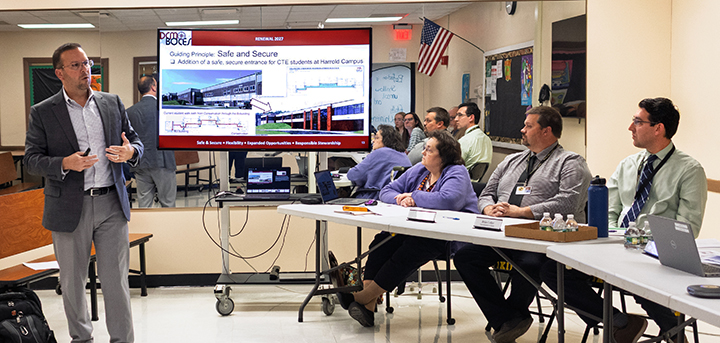
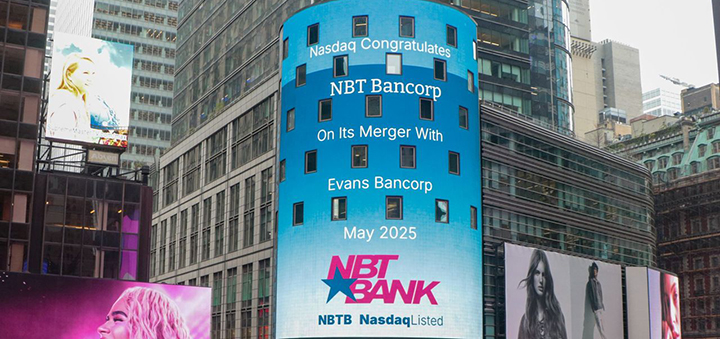



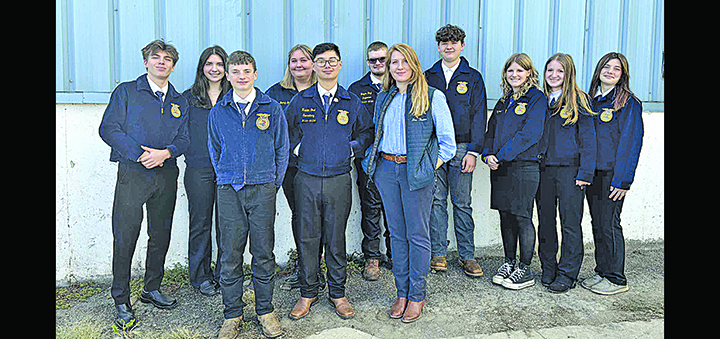
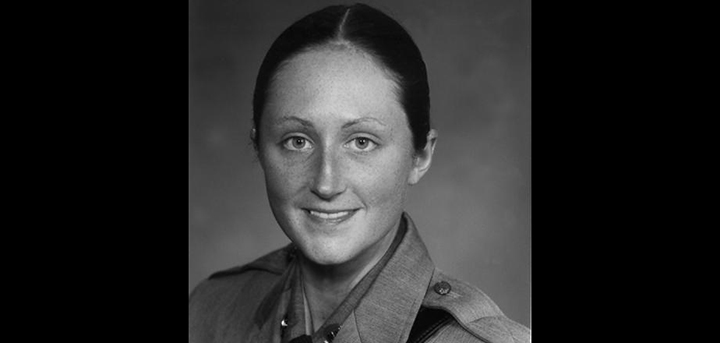

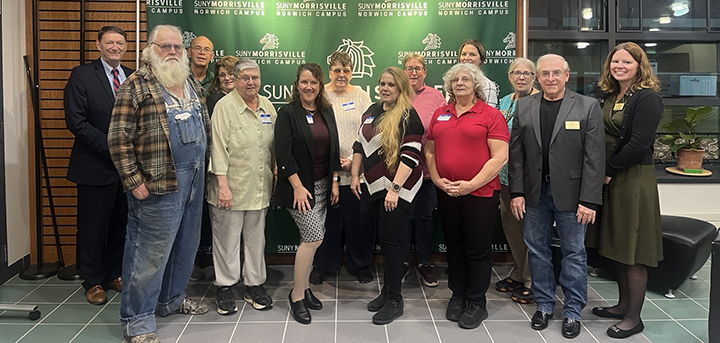

Comments